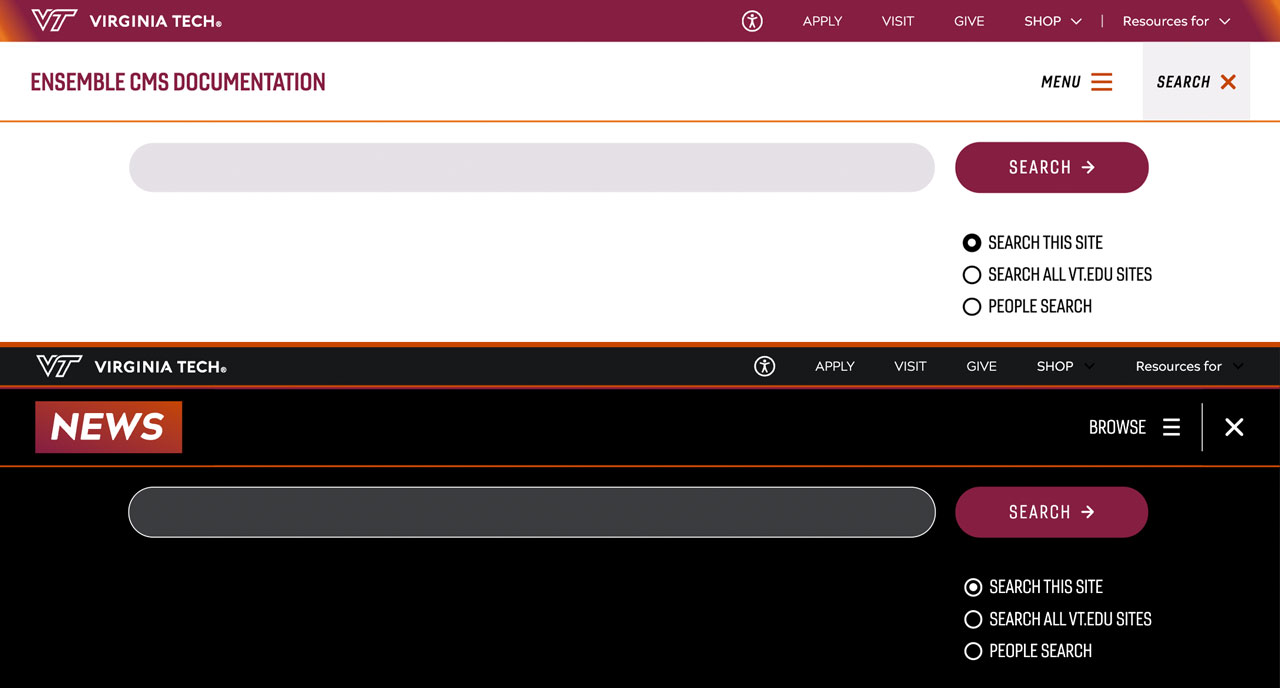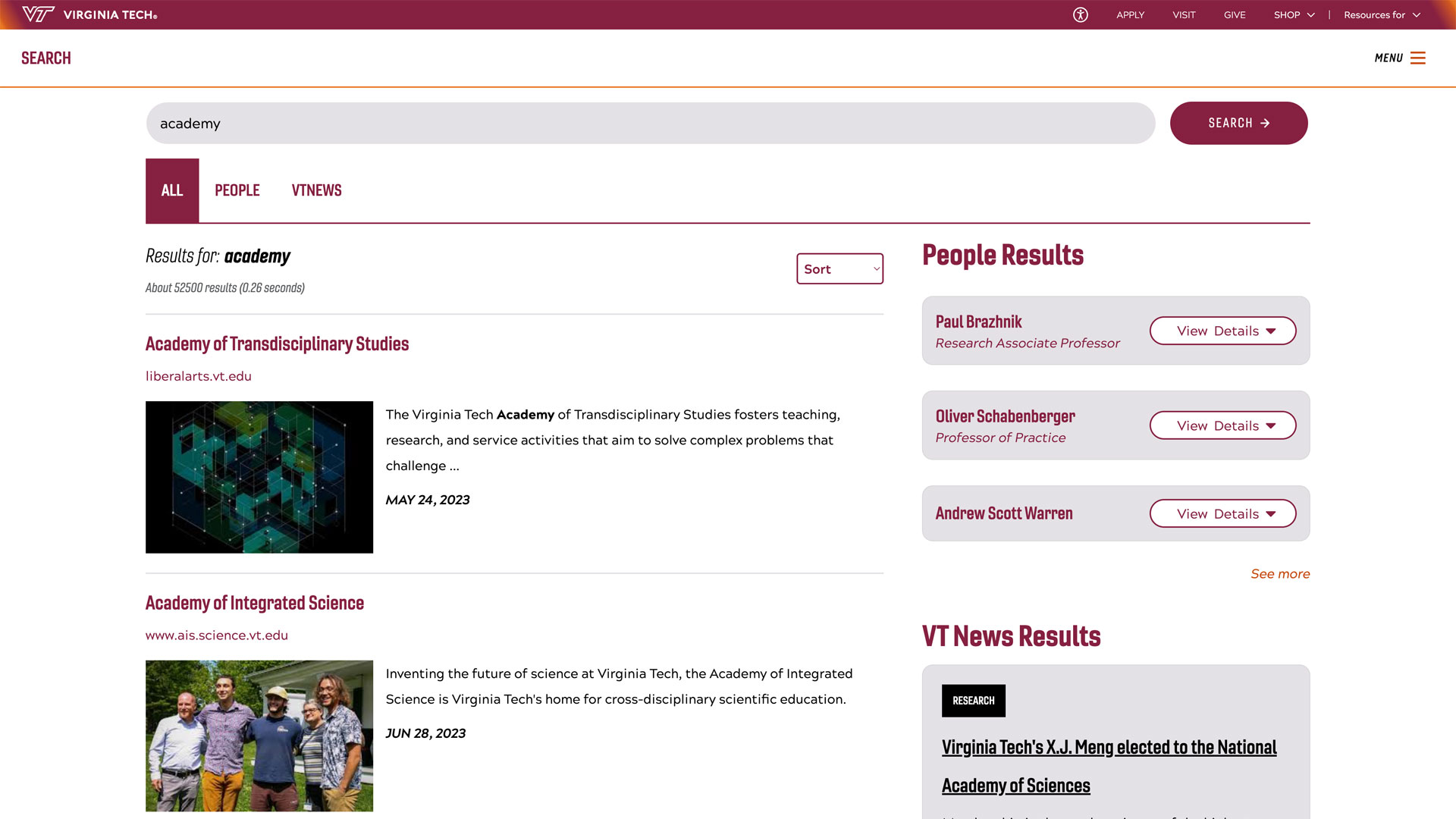Experts available: Morocco earthquake, new Covid-19 vaccine, best time to see the colorful leaves, and more
The Virginia Tech media relations office has the following experts available for interviews this week surrounding issues in the news. To schedule an interview, please contact mediarelations@vt.edu.
Nearly 2,500 killed in Morocco after rare, powerful earthquake
A 6.8 magnitude earthquake struck Morocco late Friday, killing thousands and injuring thousands more. International aid is on the way for search and recovery efforts. Robert Weiss, a professor of natural hazards in the College of Science, studies earthquakes and is available for interviews to explain why this earthquake is so rare for Morocco.
Villages have been reduced to rubble and the mud brick houses are making the hunt for survivors even more difficult. Roberto Leon, a professor of civil and environmental engineering at Virginia Tech, is available to discuss the role Morocco’s infrastructure is playing in this tragedy.
Health expert on COVID-19 variants and new vaccines
A late summer increase in COVID-19-related hospitalizations and the emergence of new coronavirus variants raises concerns about how best to counter infection and when new vaccines will become available. Lisa M. Lee, a professor of public health at Virginia Tech, is available to discuss the factors for concern and the importance of vaccination. “By monitoring and anticipating which variants are circulating, vaccine makers can make small changes to the vaccine to ensure the best possible protection each year,” she says. “This year, a vaccine with a new formulation to combat the latest variant will be released in late September or early October.”
Learning how wildfires spread and what can counter them
As Hawaii considers how to reopen to tourism in the wake of the fires that devastated Maui, Canada continues to experience its worst ever wildfire season, and more wildfires rage throughout west coast states in the U.S. Brian Lattimer, Director of Virginia Tech’s Extreme Environments and Materials Lab, can discuss how wildfires spread and what prevention methods are possible. “Very high winds and dry vegetation are two primary things that you typically will see with all such fires,” he says. “Very high winds also tend to dry out vegetation even more, so you have this situation where things can ignite very quickly.” Read more here.
Fall foliage - expert predicts the best time to see the turning of the leaves
With autumn set to start Sept. 23, leaf peepers won’t have long to wait for forest leaves to turn and produce spectacular color displays. Although Virginia Tech tree physiology expert John Seiler predicts that the best viewing will fall between Oct. 28-Nov. 5, he says we need to pay attention to weather conditions. “A lot also depends on the weather we get in September and early October. Good moisture and cooler temperatures are the ticket,” he says. “As it has been getting a bit dry lately, I’ve been thinking it may move the season up some and shorten it, causing some tree to drop their leaves earlier. However, there is still time for more rain.”
Research Highlights
Mathematics of Pickleball
Trish Hammer, an alumnus who is now associate dean for faculty affairs in the Virginia Tech College of Science, will compete in the USA Pickleball National Championship in Dallas in November. Unlike most of her opponents, Hammer is utilizing her mathematical training and analytical thinking skills to give her an edge.
“One big application of math in the calculus courses I teach is optimization, and for me, pickleball presents itself as one big optimization problem. I am trying to maximize output based on the variables I can control,” said Hammer. “Maximizing means winning and I’m always thinking about adjusting the variables to beat an opponent.”
Variables include techniques, shot selection, game strategies, conditioning, diet, and instruction. Hammer pulls from these resources which translates into one big optimization problem. In addition to analyzing the game through a lens of optimization, other areas of mathematics also come into play. Hammer uses angles and margins of error to determine shot placement.
Virginia Tech has seismic role in earthquake center
A Virginia Tech professor is playing an integral role in the establishment of a new center to study earthquakes in the Cascadia Subduction Zone off the coast of Oregon. The project will create an earthquake center to study subduction zones — fault lines where one tectonic plate slips beneath another — to enable collaborative research and community connections for increased hazard awareness.
The Division of Earth Sciences in the Directorate for Geosciences at the National Science Foundation has awarded a $15 million grant over five years to establish the Cascadia Region Earthquake Science Center (CRESCENT). As the principal investigator for Virginia Tech, Tina Dura will receive $650,000 in the first five years to support Virginia Tech master’s and Ph.D. students, develop open-access databases, and direct a summer field school for underrepresented students. More here.




